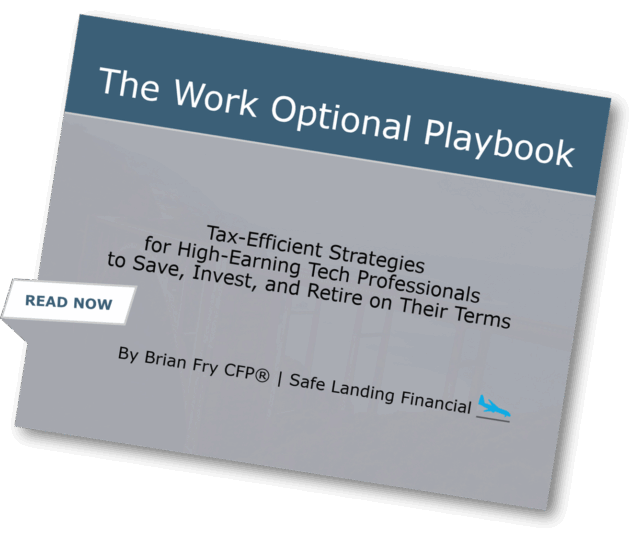Tax-Loss Harvesting Basics

As a Los Angeles financial advisor, I can confirm I’ve never spoke with anyone that gets excited about losing money from their investments. However, markets don’t go straight up. Recognizing losses from tax-loss harvesting creates tax benefits that can help your overall financial picture. In the short-term, market volatility produces opportunities to recognize investment losses. A diversified portfolio won’t have as many opportunities to recognize investment losses with a long-term time horizon. How do investors maintain their overall portfolio while recognizing losses?
Tax-Loss Harvesting Basics
Tax-loss harvesting is selling a security at a loss and harvesting the loss by replacing that security with a similar position to maintain the preferred asset allocation. Exchange Traded Funds (ETFs) and mutual funds can be interchangeable for areas of the market where there are many competitors. Here are the basics when considering if tax-loss harvesting can help your situation.
Losses Cancel Out Gains
Investment losses are first applied to any capital gains recognized throughout the year. Long-term losses cancel out long-term gains. Short-term losses cancel out short-term gains.
Losses Reduce Taxes
You can apply $3,000 per year in capital losses to reduce ordinary income.
Losses Carry Forward
Any losses greater than $3,000 carry forward to future tax years to be applied against future capital gains and ordinary income
Example
John Doe is 50 years old and earned $100,000 in ordinary income. He has $25,000 in short-term losses, $30,000 short-term gains, $30,000 in long-term losses and $20,000 in long-term gains.
Net short-term gain = [$25,000 – $30,000] = $5,000 short-term gain
Net long-term loss = [$30,000 – $20,000] = $10,000 long-term loss
Loss = $10,000-$5,000 = $5,000
Applied against ordinary income = $3,000
Loss carry forward = $5,000 – $3,000 = $2,000
When to Best Use Tax-Loss Harvesting
As a Los Angeles financial advisor I recommend using market volatility points and the end of the year as the best times to consider harvesting losses. Market volatility points help to reinforce the lack of an emotional attachment to the investments. The end of the year is important as it’s the last opportunity to recognize losses before the next tax season. No matter what your financial goals are, tax-loss harvesting should be taken into consideration when managing your investments.
For More:
Click here to learn more about tax planning services
What is a fiduciary financial advisor?
Investopedia: How to Avoid Violating Wash Sale Rules When Realizing Tax Losses
Los Angeles Financial Advisor and Tax Planning
Still have questions determining how to apply tax-loss harvesting to your investment management? Meet with a fee-only financial advisor in Los Angeles or virtually online to discuss tax planning.
by Brian Fry CFP®
Safe Landing Financial is a Los Angeles, CA fee-only financial advisor providing financial planning, retirement planning and investment management to tech professionals and pre-retirees. When you work with Safe Landing Financial, you work with Brian Fry, a fiduciary and CERTIFIED FINANCIAL PLANNER™ that puts clients’ best interests first. Financial planning services include: retirement planning, charitable giving, asset protection, estate planning, saving for college, debt management, tax strategy and investment management. Safe Landing Financial serves as a virtual fee-only financial advisor to individuals and families nationwide.


